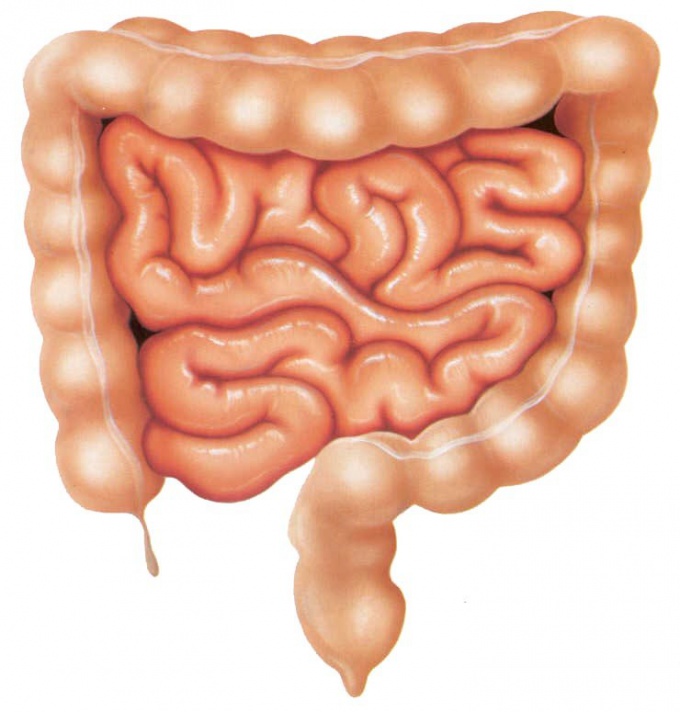Instruction
1
For diagnosis, refer to a gastroenterologist. Examination of the thin bowel is impossible with FGS or colonoscopy. One of the most common types of studies – radiography. The body of the patient is administered a contrast agent, usually barium it. You will be asked to drink a suspension of barium (she looks a bit like yogurt, sharp taste does not matter) and wait for 5-6 hours to let the substance spread through the loops and bends in the thin intestine. Then examined with the help of x-rays. The procedure is painless and safe. It helps to establish the existence of such violations, as dyskinesia, enteritis, obstruction. Upon completion of the examination, the doctor makes a diagnosis and prescribes examination.
2
One of the new methods of inspection of the thin intestine is injected into the body, endoscopic videocapsule. It is small in size device that gives the patient to swallow. "Traveling" through the intestines, the camera photographs him from the inside and sends pictures to a special device. This method does not cause the patient no discomfort and gives full and reliable information. Unfortunately, equipped with the device, yet not all hospitals.
3
Traditional methods of examination of thin intestines are palpation (feeling), auscultation (listening), measurement of body temperature of the patient and identification of subjective symptoms: the nature and duration of pain, presence of vomiting and nausea, disorders of the chair. On these grounds, the physician can determine the causes of disease and correct diagnosis. Additionally, it may be assigned to ultrasound of the abdominal organs, which will help to identify abscesses or free fluid and other abnormalities.







